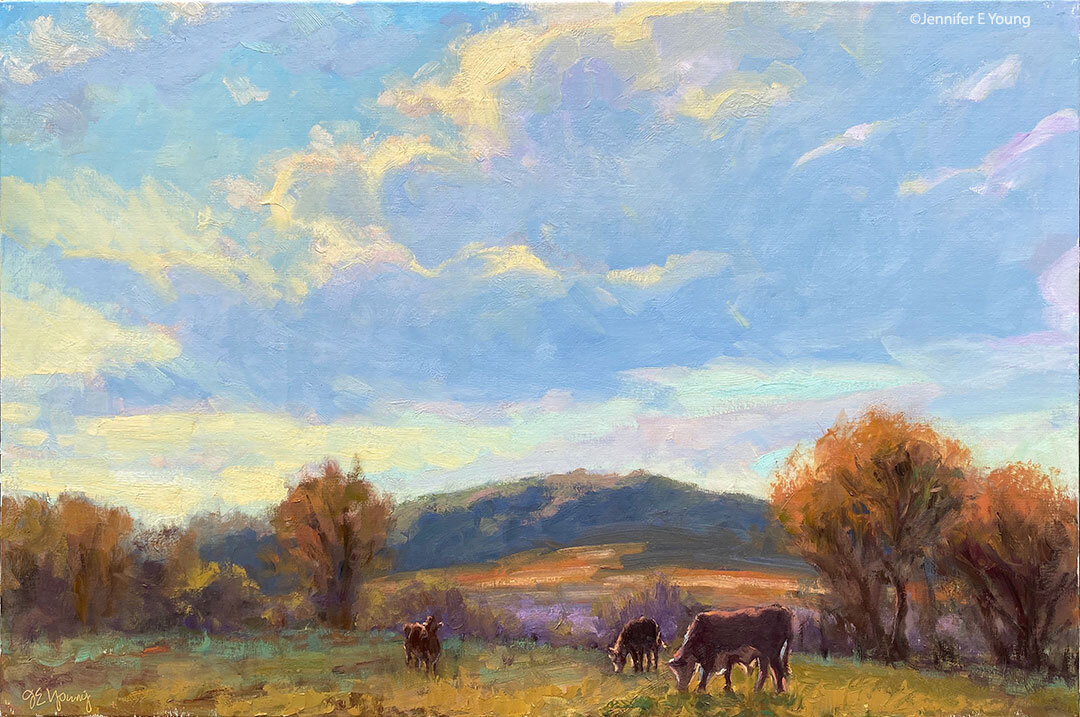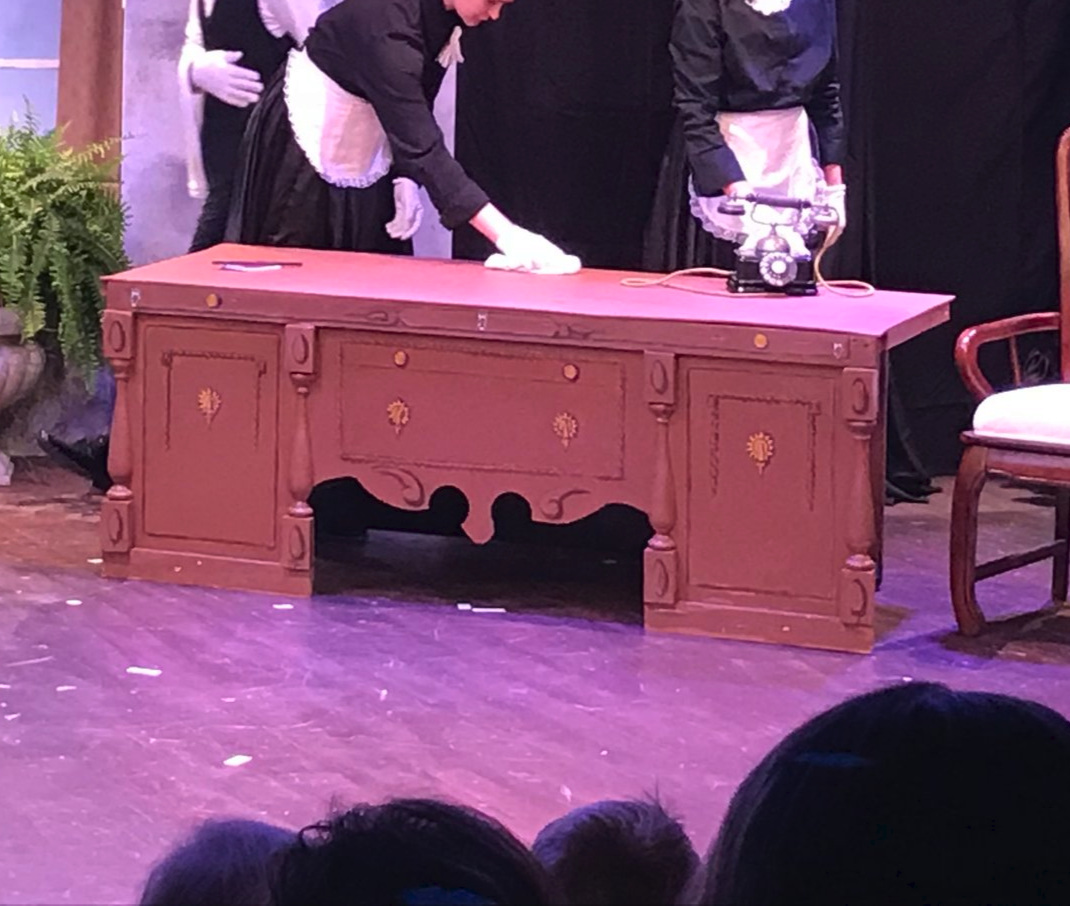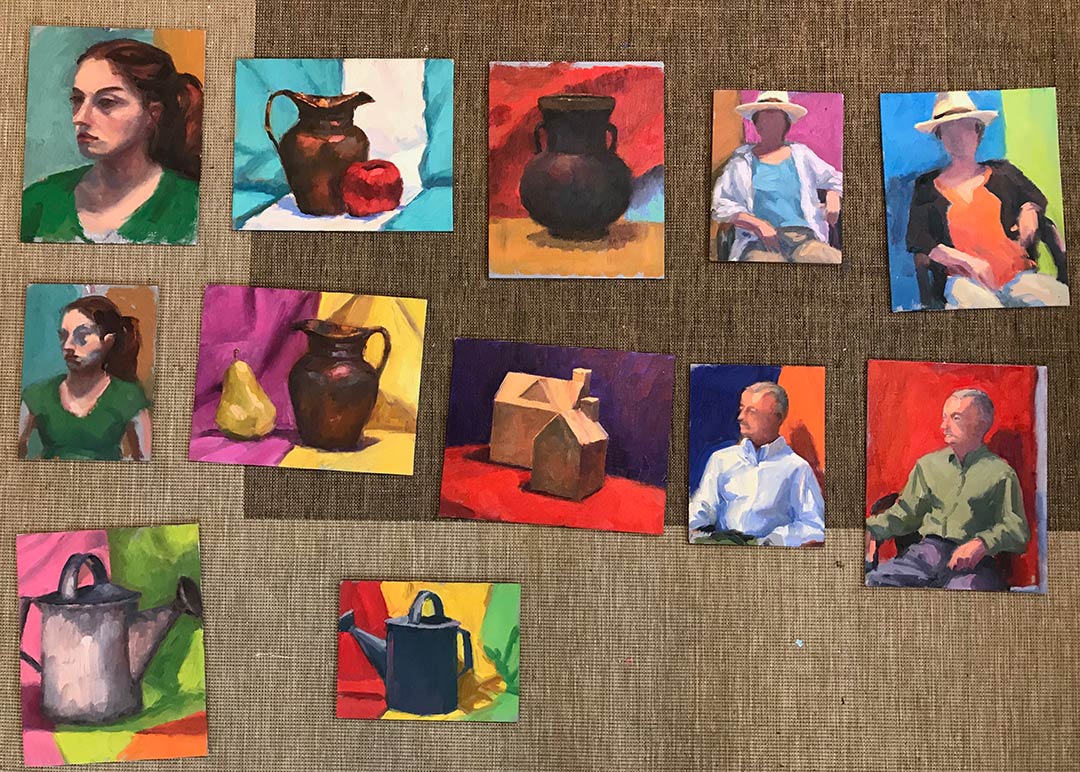Elka in charcoal and conte
/Even though my drawing class is over, my work with the figure continues, as I can find the time and opportunity. Last week time and opportunity converged, and I met with some other artists locally for a portrait session. This is Elka:

Elka sat for us for about 3 hours (with breaks in between.) This isn't the first attempt at drawing her. My previous session was a complete and utterly disasterous oil painting (a "wiper"). This time around, I decided to revert back to drawing, and work on perfecting those skills before taking on figure painting. This piece is about 11x14" on a tinted Canson pastel paper (charcoal with white conte highlights.)
For this second session, Elka dressed up in 20's garb. I must admit that when I got the word she'd be dressed this way I wasn't that excited (probably another reason I only brought my drawing materials instead of my paints.) I don't know why. I guess I imagined her showing up in some kind of goofy costume or something and I wasn't really in the mood for doing anything that felt too much like fantasy.
But as it turned out, she showed up very tastefully dressed, and the hat actually really made it for me. Her pearl necklace also gave her a nice prop to do something with her hand so that she wouldn't just be sitting there staring. I didn't get a chance to develop the pearls, (which was a real bummer because that would've been fun) but even so I feel that I got a good likeness, and I am pleasantly surprised and happy with this drawing.
Elka is a very pretty girl--prettier than I've been able to render her. A very strange thing I've noticed is that I am less interested in drawing the pretty models and more attracted to drawing people I'd normally not think of as "beautiful" (at first glance). I think the traditionally pretty people have less appeal to me sometimes because they have features that are too small and/or too symmetrical. It's surely my own predjudice, but it feels like a greater effort for me to find the "character" of the person, and for this reason, I tend to exaggerate the curve of the nose or the arch of the brow or what have you. And then I've had experiences with models who may not be pretty (to me) or "perfect" in the traditional sense, but by the end of the session I'm filled with awe at their beauty and the uniqueness of them.
Ideally I hope to have that kind of feeling about all of the models I draw, and for that matter, all of the subjects I choose, whether landscape, figure or still life, and to render them accurately but also with my own artistic style and vision. But I guess it is natural to approach some things with greater preference and enthusiasm than others, and in the end, I can usually get to that feeling place as long as I can approach the subject with an open mind. I think I eventually got there with Elka- in spite of her great fault--that she was just too darned pretty ;-)


















